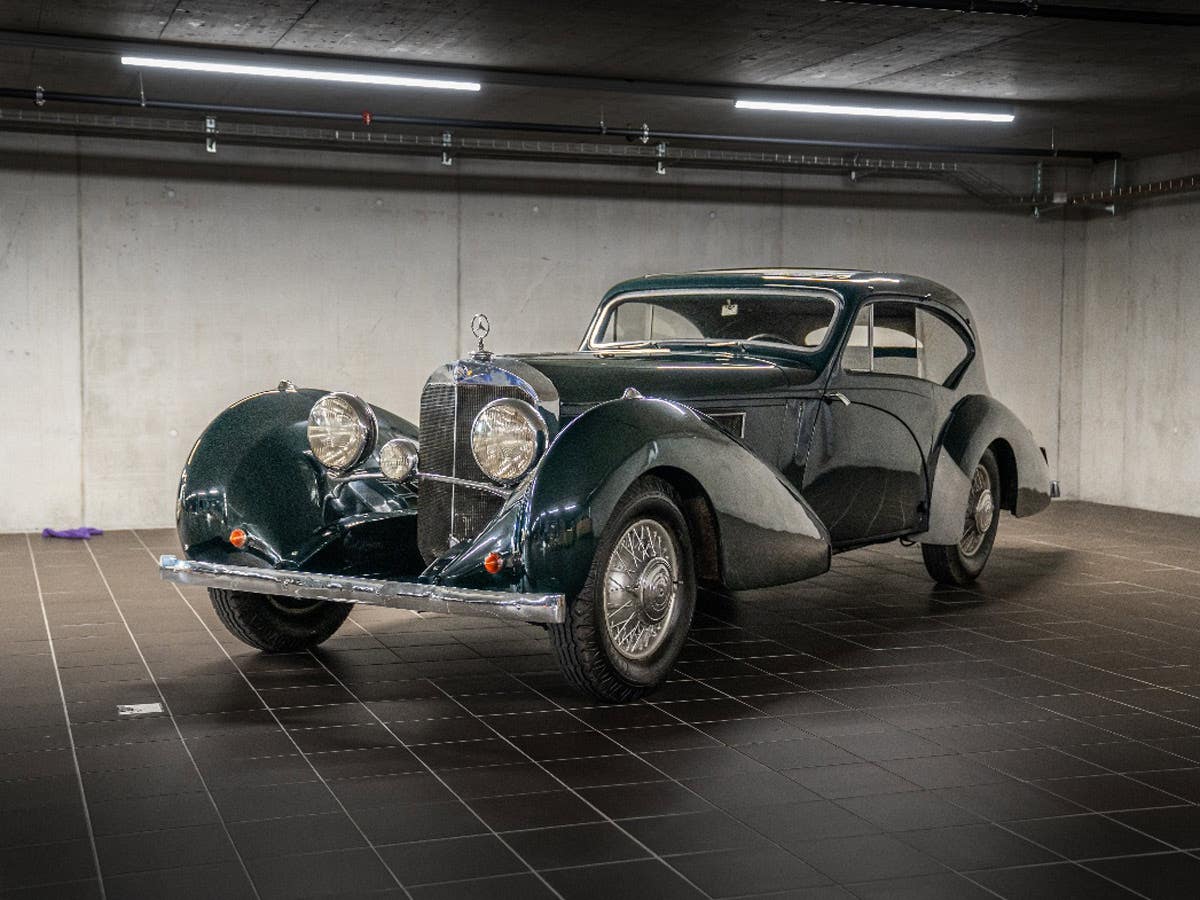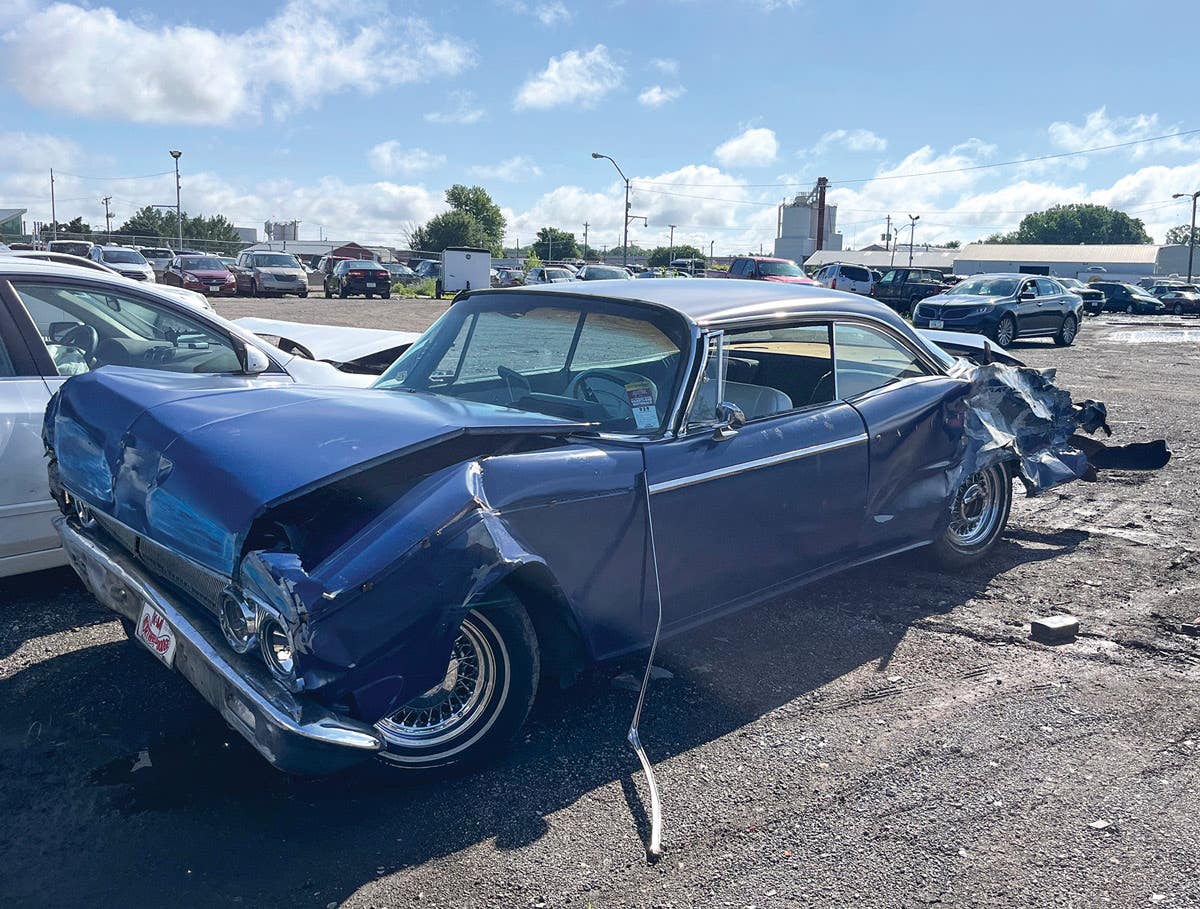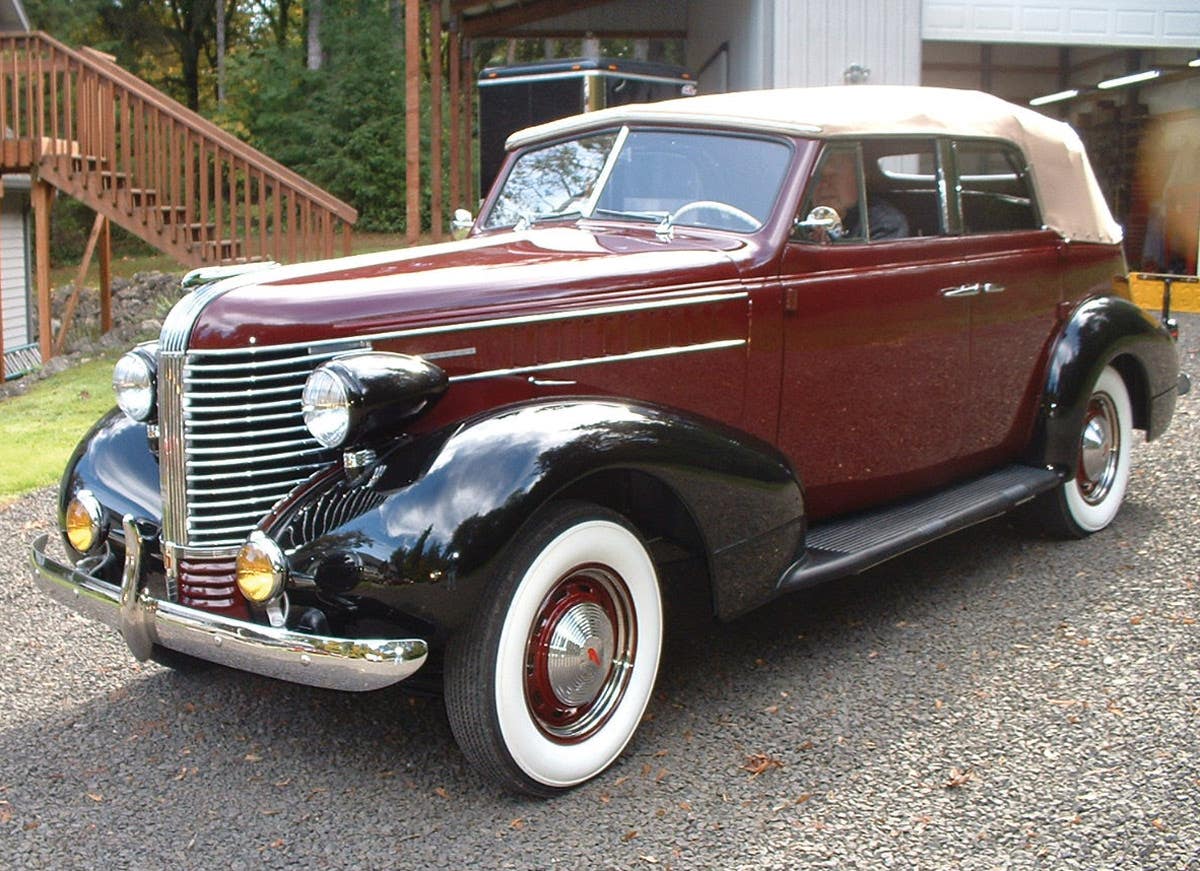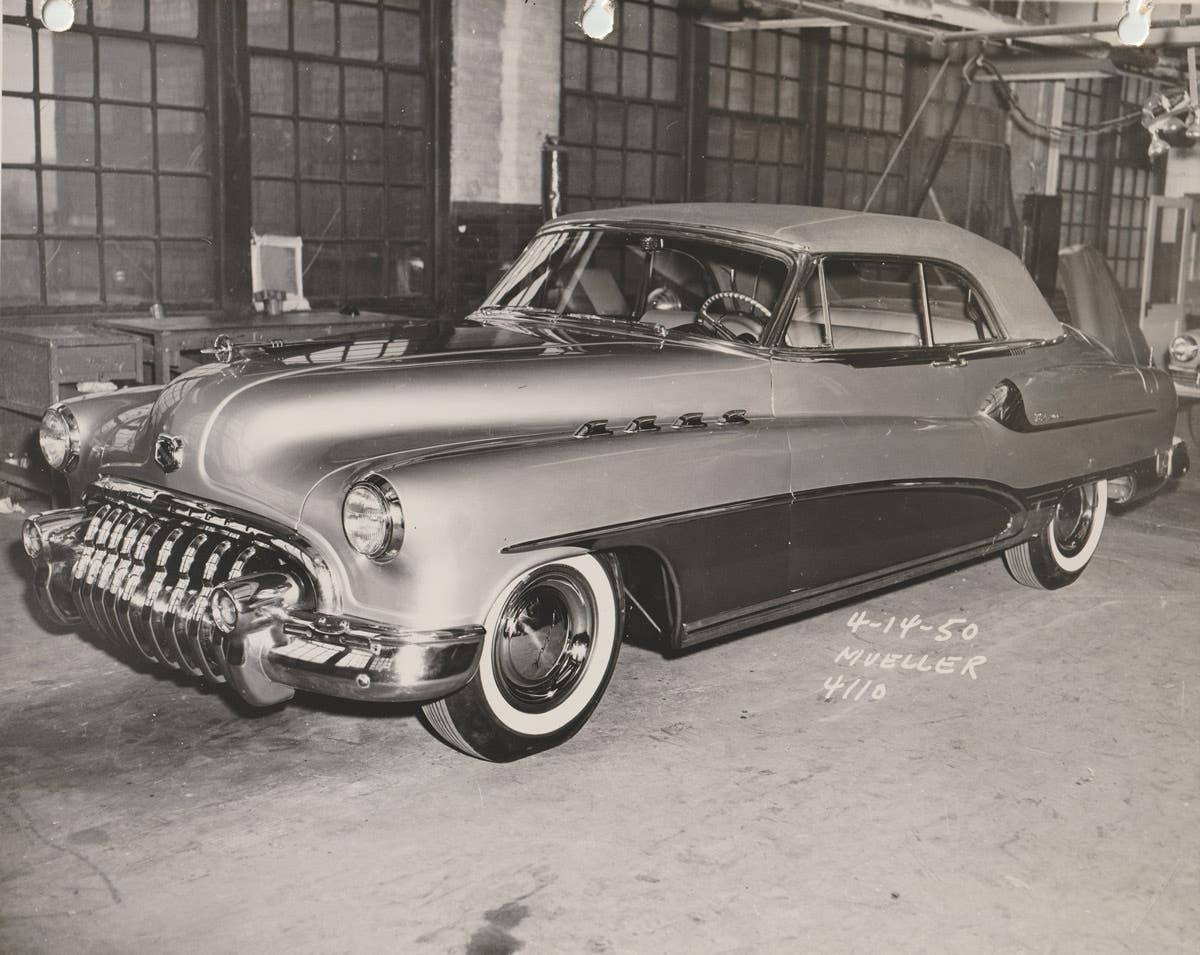Q&A: April 18, 2019 Edition
Q. You are one of the few that get the 1941 Dodge “Fluid Drive” concept correct. My high school car was a 1941 Dodge Luxury Liner and it did, indeed,…
Q. You are one of the few that get the 1941 Dodge “Fluid Drive” concept correct. My high school car was a 1941 Dodge Luxury Liner and it did, indeed, have a completely standard three-speed manual transmission like any other MoPar, only with a fluid coupling between it and the engine. It was possible to get second-gear rubber with a speed shift, but if I had my arm around a coed and didn’t want to be interrupted, I could come to a complete stop in high gear and very slowly get back up to speed if on the level. Should you attempt a third-gear approach on a steep hill, it was possible to stall out and slowly start falling backwards with the engine still running. You still needed a clutch to shift gears forward. What happened after the 1941 Dodge remains a mystery to me because “Fluid Drive” became the title for several other tranny plans in other divisions. What did the 1942 Dodge do? Did the other two divisions, De Soto and Chrysler ever use the same plan?
— Larry Jett, Newark, Calif.
A. The optional Fluid Drive used in Dodges up to 1948 was the same as yours. We covered the history of Fluid Drive and the later bevy of MoPar semi-automatics some years ago. Here’s a condensed refresher course. Fluid Drive was introduced on Chrysler’s 1939 Imperial, then extended to all Chryslers in 1940 and De Soto and Dodge for 1941. That year, also, Fluid Drive was paired with a semi-automatic transmission, called Vacamatic at Chrysler and Simplimatic on De Sotos. The semi-automatic was not available on Dodges until 1949. After World War II, the vacuum-operated semi-automatic was replaced by a hydraulic and later electro-hydraulic shifter, Prestomatic for Chrysler and Tip-Toe Shift at De Soto. Dodge finally got its own semi-automatic, Gyro-Matic, in 1949. From 1951, a torque converter was available in place of the fluid coupling, called Fluid-Torque or Gyro-Torque, depending on the make.
Fluid Drive was never offered on Plymouths, but in 1953 a slightly different approach made its debut under the name Hy-Drive. This was a normal three-speed manual transmission and clutch, fronted by a torque converter. In a new twist, the engine now supplied oil to the torque converter, requiring a completely different block and sump. It operated much the same as the old manual-transmission Fluid Drive, but acceleration was slightly better because of the torque converter. Hy-Drive was available into 1954, but by mid-year the Powerflite fully automatic transmission was extended to all MoPar makes, which ended the long reign of Fluid Drive, whether manual or semi-automatic.
Q. [Regarding the comment on changing polarity to accommodate electric power steering (Q&A, Feb. 28)], swapping from negative ground to positive or the other way around with a generator only requires turning the batteries around, swapping the wires both on the coil and the amp gauge or just read the gauge in reverse. You may or may not have to polarize the voltage regulator. I didn’t have to.
— Andrew Love, via email
A. True. I didn’t get into this in my answer, but I’ve done it, too. In one case it was “correcting” a Model A Ford to positive ground, after someone else had changed it to negative. The clue was a backwards-reading ammeter. I simply turned the battery around. No polarizing was required.
The one complication I remember is that some older car radios do not like reversed polarity. It was many years ago, but I once put a Buick six-volt radio into a friend’s 1949 Crosley. The positive ground of the Crosley didn’t work with the radio, but as long as we didn’t ground the radio case to the car, the radio “thought” it had a negative ground. He had put carpet on the floor of the Crosley (I know, gilding the lily…) so we simply set the radio on the carpet, insulating it from the car’s chassis ground. The Sonomatic radio was a big, heavy unit with integral speaker, so it didn’t slide around. I don’t remember if there was an issue with the braid on the antenna cable, which normally would have been grounded.







